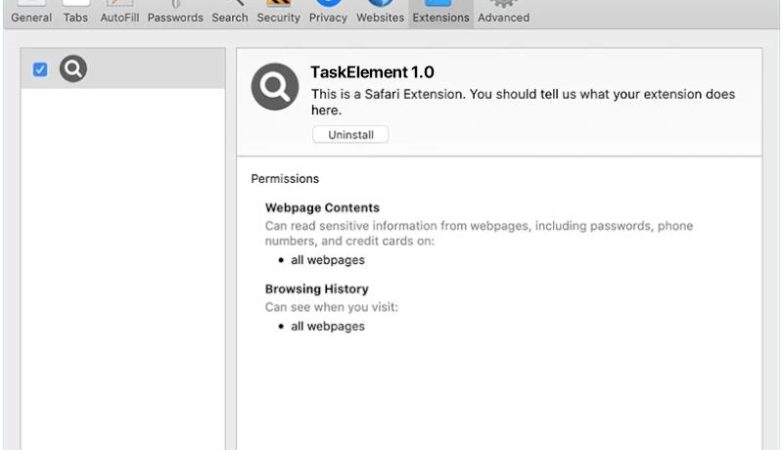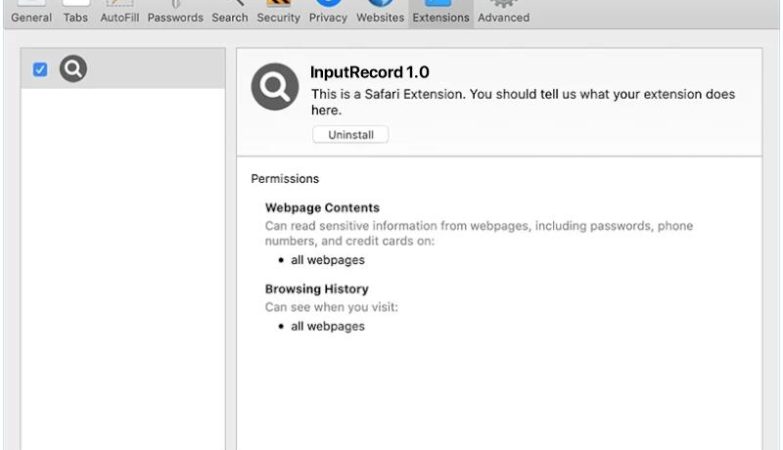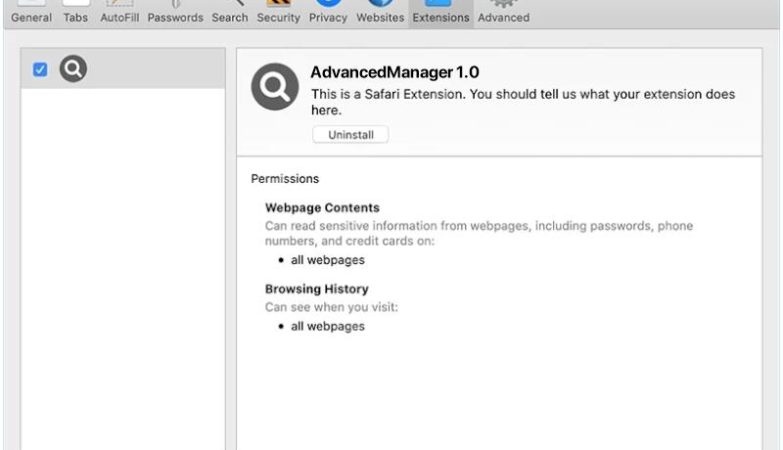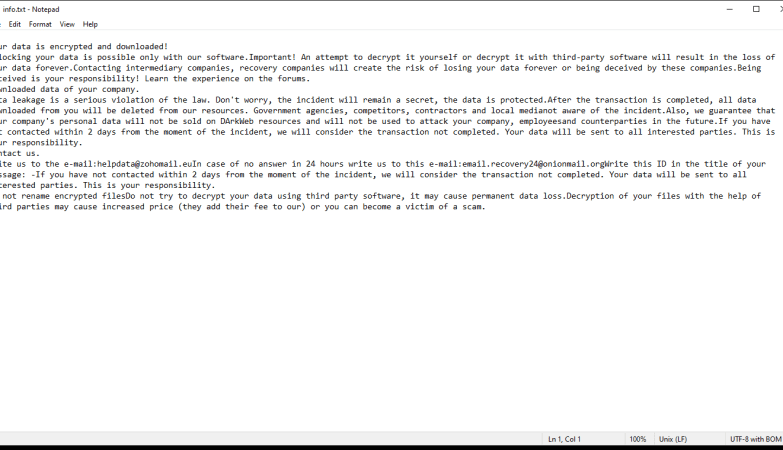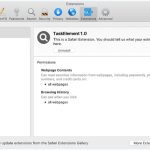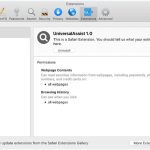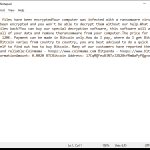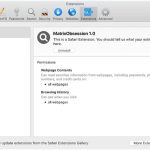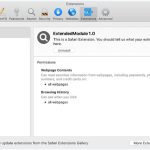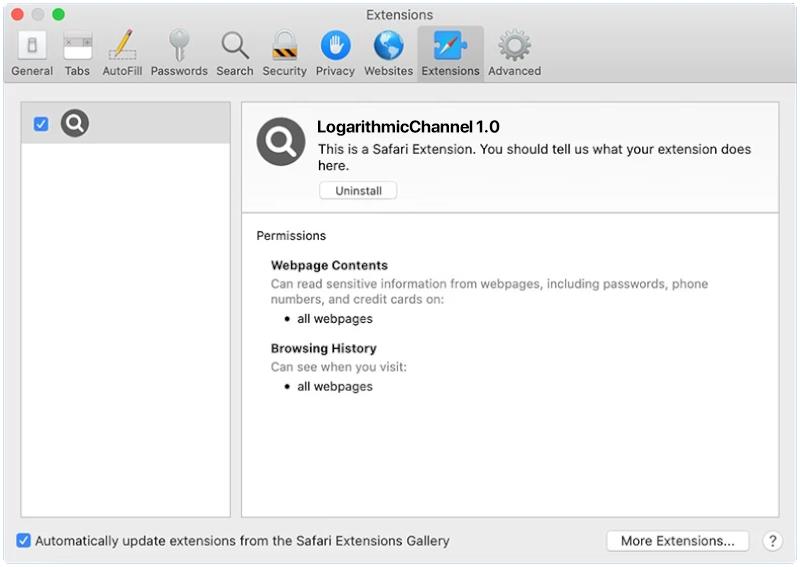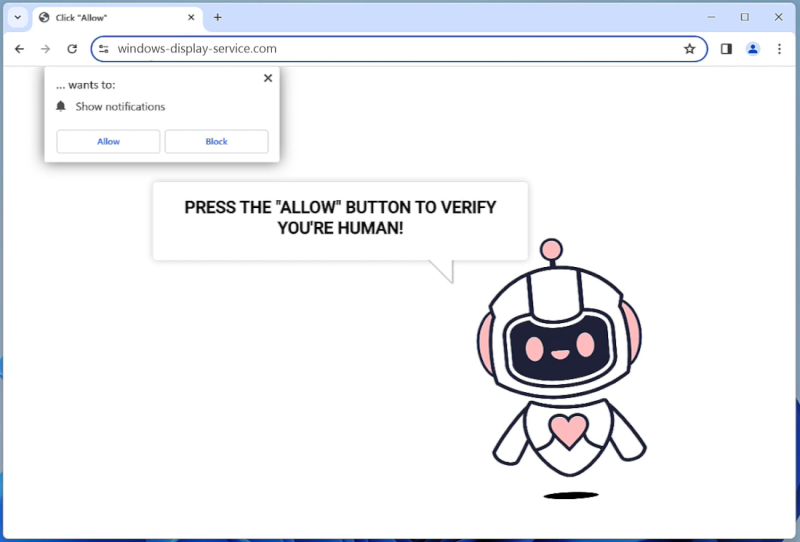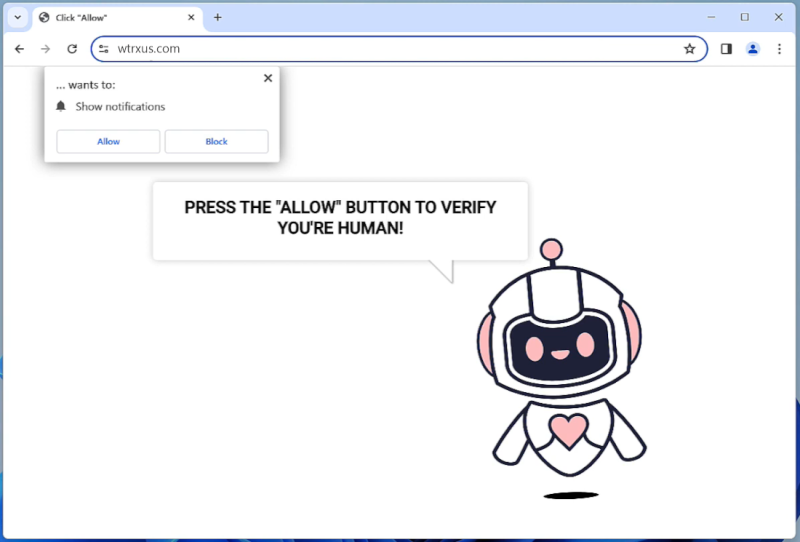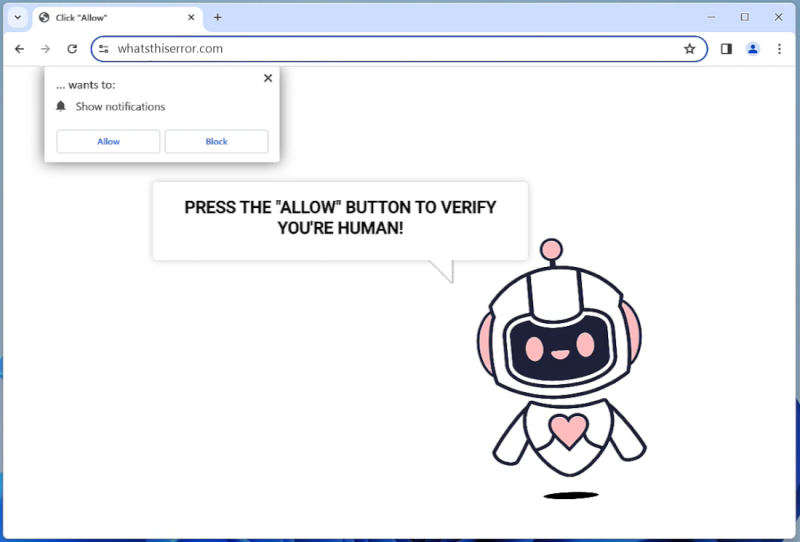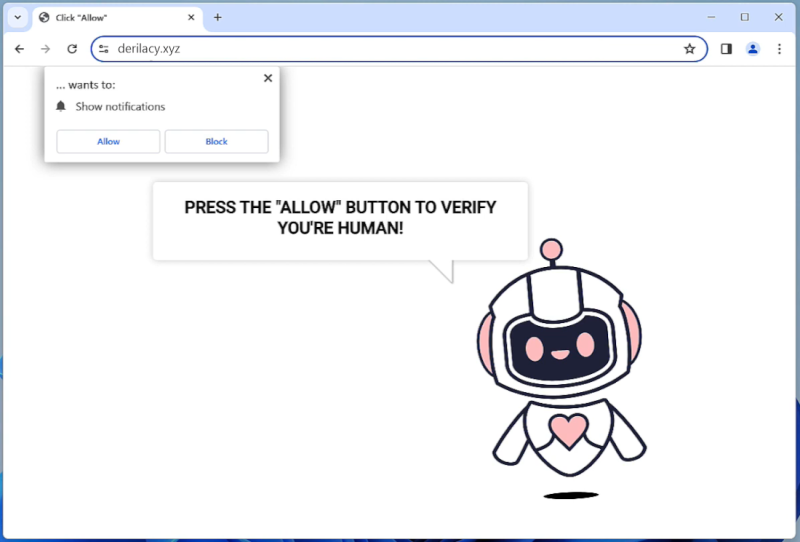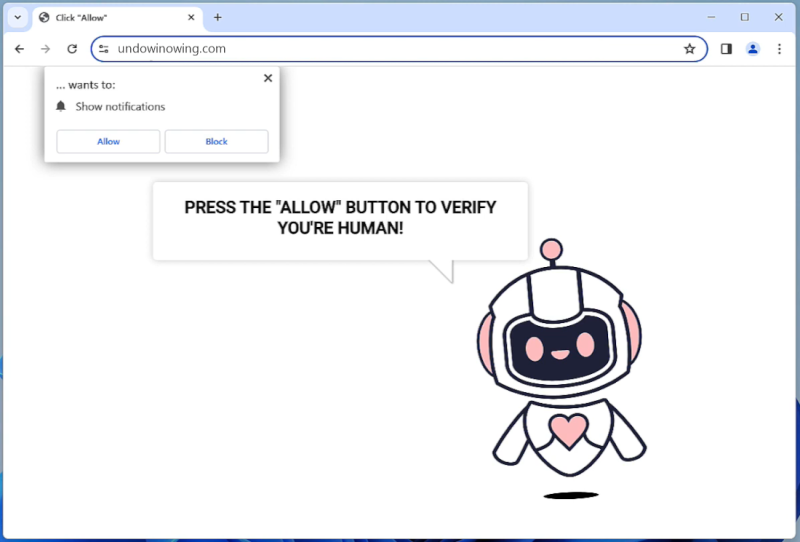How to remove LogarithmicChannel (Mac)
LogarithmicChannel is a type of malware that specifically targets Mac computers. This malicious software infects Mac systems by exploiting vulnerabilities in the operating system or by tricking users into downloading and installing it through malicious links or attachments. Once installed, LogarithmicChannel can perform a variety of harmful activities, such as stealing sensitive information, monitoring user activities, and even remotely controlling the infected computer.
One of the key features of LogarithmicChannel is its ability to evade detection by traditional antivirus programs, making it difficult to remove once it has infiltrated a Mac system. This malware can also spread to other devices connected to the infected computer, putting an entire network at risk. To protect against LogarithmicChannel and other malware threats, Mac users should regularly update their operating system and software, avoid clicking on suspicious links or downloading unknown files, and use reputable antivirus software to scan for and remove any potential threats.

